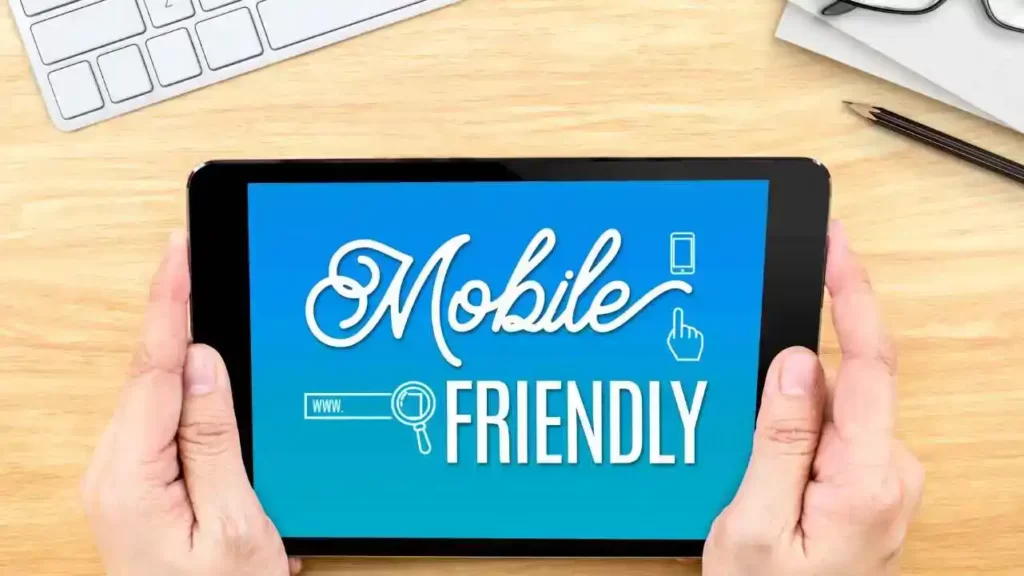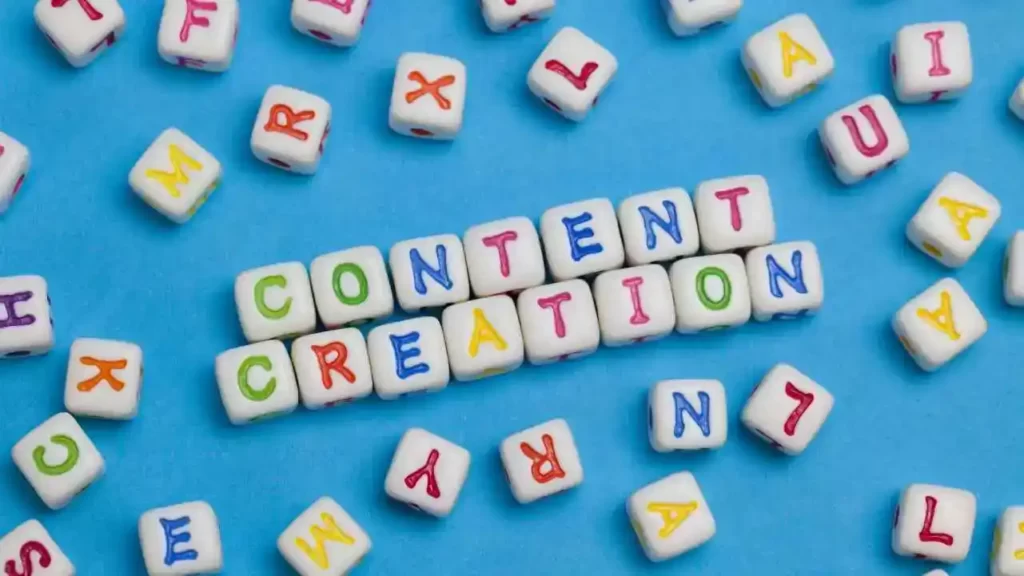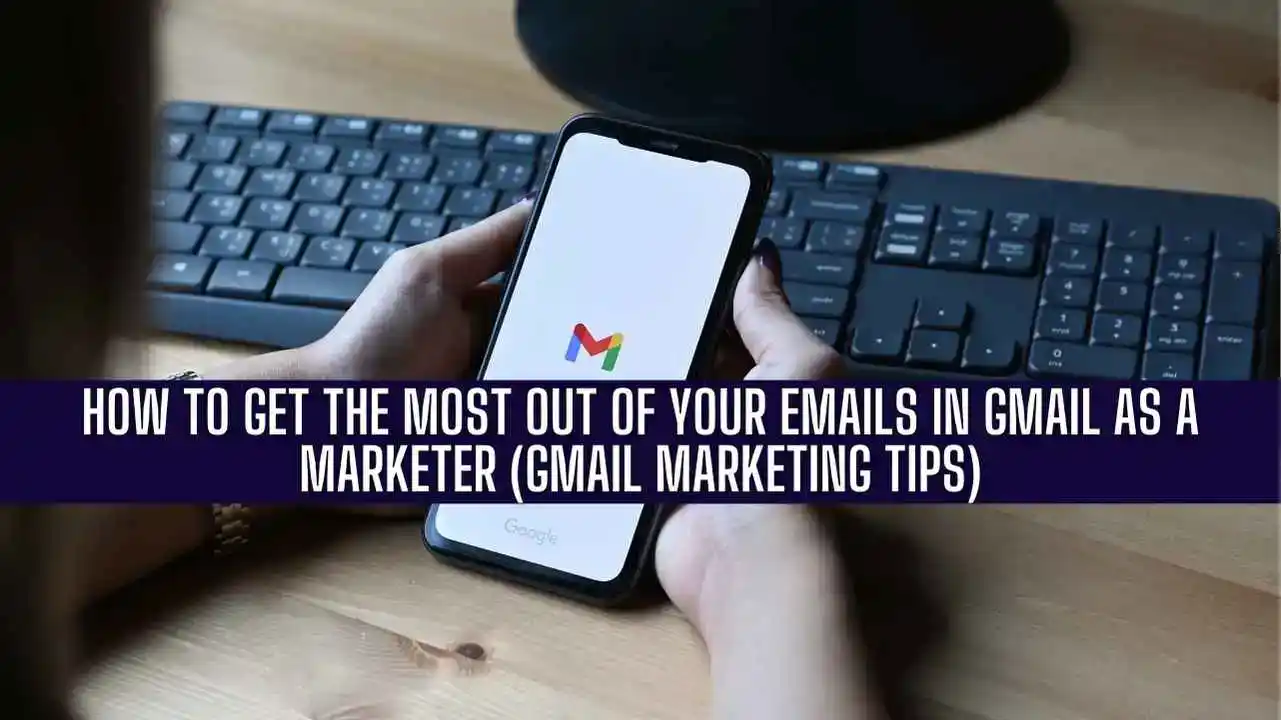Gmail Marketing Tips: Regarding email marketing, Gmail is often considered “ground zero” by many professionals. It has several options and suggestions for improving your email performance. Email marketing is one of the most reliable and productive channels for increasing sales and customer loyalty. Return on investment as high as 4,200% is possible with proper execution.
Because of its immense popularity, Gmail is always jam-packed with users’ messages. Gmail takes its role as a mailbox service provider very seriously, and as such, it carefully protects its users’ inboxes. Several IT gurus recommend “gaming” Gmail’s algorithms to get your emails into the primary tab faster. However, the strategy will backfire if many of your readers classify your emails as spam or garbage.
Here are a few suggestions for making the most of Gmail’s marketing potential:
Table of Contents
Sort your contacts into subgroups
Successful marketing campaigns always include segmenting email lists. Avoiding spam complaints and delivering the most relevant emails to your contacts are more manageable if you use email segmentation effectively.
Organizing your subscribers into subsets according to their habits is a simple method. Those who last interacted with your emails a while ago may be targeted with a re-engagement campaign. If you want to find and discount your most loyal customers, you may use the date they bought your product as a segmentation criterion.
Email lists may also be broken down usefully by age. Knowing whether your contact is a student or a retiree, you can tailor your email content and tone accordingly.
To further refine your lead nurturing efforts, you may divide your contacts into subgroups depending on their knowledge. To keep someone interested after they’ve downloaded your free ebook on mastering a new subject, you may send them emails with extra in-depth material.
Don’t blast your emails

One of the most typical marketing blunders is sending out mass emails. They mass-mail their subscribers with emails that have no discernible purpose or message. While taking advantage of email blast software may be tempting, you should only do so when the material you are sending provides value to the receivers.
In a perfect world, your subscribers would have used double opt-in when signing up and would already be interested in your brand. If they did, sending them regular email updates about new features or sales is a terrific approach to keep them interested.
Conduct some housekeeping if you employ a double opt-in procedure and email a list of dormant contacts. You can find out why they stopped opening your emails and what you can do to bring them back by including a short poll on your unsubscribe page.
If you want to avoid your emails joining the 12.5 million marked as spam each year, ensure they contain information that will interest the recipients. This may be accomplished by developing beneficial mass email campaigns that use segmentation and personalization.
Make sure your emails are concise and exciting
Your email’s recipients’ initial impression of you will be based on the subject line, so make it count. Avoid waffling and focus on the point at hand by keeping your email concise and to the point. To get them to read your email, try asking questions or intriguing statements. Don’t utilize “clickbait” subject lines; doing so will make your readers feel fooled and cheated, increasing the likelihood that they’ll report your messages as spam.
If you want them to read your email, you must give them a reason to. Including too much information in an email is a sure way to get it relegated to the Promotions tab, so try to keep things brief. If you include a lot of content, split it into many email messages or include links to further material on your website. Remember to proofread your email for errors in grammar and syntax before hitting the send button. This will aid in making your email look more polished and user-friendly.
Make it easy to unsubscribe
It’s a good idea to unsubscribe if you’re getting too many emails from subscriptions you no longer desire. In addition to protecting you against spam, this prevents undesired communications from reaching your inbox.
To remove yourself from an email list, follow the instructions given in the email and click the “unsubscribe” link. There is usually a link in the footer of the email that allows you to unsubscribe, but sometimes, you have to reply with the phrase “unsubscribe manually.”
Email marketers should make it easy for recipients to avoid receiving future messages. If you use Mailshake, you may have an active unsubscribe link next to the sender’s name in your emails, making it easier for your subscribers to remove themselves from your mailing list. Apple’s iOS has a similar function recognizing newsletters and quickly displaying a “Unsubscribe” button. Ensure each email works in your inbox before sending it out to avoid annoying your contacts and causing them to stop engaging with your business.
Emails should be mobile-friendly

Unformatted emails open in a chaotic mess on mobile devices, making reading a chore. This makes it more difficult for subscribers to discover the link or button they need, increasing the risk that they may click on the wrong thing out of haste. This is why taking advantage of responsive email templates and using white space when creating emails is crucial.
Mobile devices have a small display area, with only roughly 20 to 30 characters of pre-header text visible at a time (depending on the model). Make the most of the limited space in the subject line and pre-header by writing something interesting. Words like numbers, emoticons, and intriguing queries have increased the likelihood of a recipient opening an email.
Last but not least, remember that the photos and GIFs you send via email will take longer to load on mobile devices than on a desktop computer. Keep the number of photographs you provide in an email to a minimum, and always include ALT text for images.
Keyword Research
Finding keywords that are both relevant to your business and those that search engines will index is what keyword research is all about. It’s a vital step in search engine optimization and should come before you start writing. This can uncover what individuals are searching for and how they are searching. It’s an excellent tool for locating your rivals and countering their efforts.
Several other keyword research tools are available, such as Semrush, ahref, spyfu, and many others. You may also use these instruments to zero down on the most relevant terms for your work. Compare several tools and pick the one that best fits your requirements.
Now that you have your keyword list, you can begin your investigation. To begin, investigate the keywords used by your rivals and pick out the ones that apply best. Pick those who have a lot of interest but few competitors. Search for terms with an informative tone (e.g., questions and answers).
Finally, you should figure out who you want to reach out to and focus on reaching those specific people. Your target audience can be divided into subsets based on geographical, demographic, and behavioural criteria. This will allow you to zero in on the subset of consumers whose wants and requirements align with what you offer. This can help you create successful Gmail marketing and email marketing strategies.
Content Creation

A marketing strategy’s beating heart is the content it produces. It’s the thing that gets people to visit a website, keeps them there, and turns them into paying customers.
Blog posts, infographics, videos, SlideShares, and other media are just a few examples of the different content formats. Take into account your target audience while deciding on a layout. Examples of content that generate interest and discussion on social media include quizzes.
Then, modify the material to suit their requirements. If you want to reach the members of Generation Z, for instance, you should use modern music, eye-catching colours, and emoticons. However, if your target demographic consists of baby boomers, you should stick to more conventional writing styles that exude expertise and authority.
Conclusion
Email marketers have many moving parts to fine-tune to achieve optimal performance. It’s simple to become disoriented and overloaded by all there is to do. Improving your email list quality and content is much simpler if you divide email optimization into parts and specific activities. Remember that your subscribers’ consistent activity is a significant indicator for Google when deciding how to classify and send your emails.
